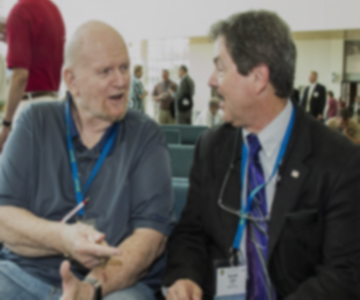Is the concept of stopping power
defined exclusively for charged particles that are directly ionizing while the
analogous concept for indirectly ionizing photons is attenuation coefficient?
However, I always come across other
people saying “stopping power for photon beam . . .”—for example, in P. Andreo and A. Brahme’s “Stopping Power Data for High-Energy Photon Beams” (Physics in Medicine and
Biology, v 31, 8, p. 839; 1986).
You are correct in your inference that
the quantity stopping power is limited to charged particles. The commonly used
mass stopping power represents the energy lost by the charged particle per unit
mass density thickness travelled and has common units of MeV per g cm-2.
Since stopping power refers to energy
lost per unit thickness travelled, and photon attenuation coefficient refers to
fractional number of photons lost per unit thickness travelled, the quantities
are not directly analogous, although they may show generally similar trends
with energy. The physical quantity for photons that would be more comparable,
in what it represents, to the stopping power for electrons would be the product
of the photon energy and the photon energy transfer coefficient since, under
charged particle equilibrium conditions, this represents the energy transferred
from photons to charged particles per unit thickness travelled.
When the term “stopping power” is used
in reference to photons, as seems to be the case for the example you give, it
is not really being used for the photons themselves, but for the electrons set
free by the photon interactions. Thus, in the paper by Andreo and Brahme, what
they are actually reporting are results of Monte Carlo simulations used to
determine the energy distributions of electrons (which may also include
positrons and secondary electrons down to an acceptably low cutoff energy)
generated by photon interactions. The stopping powers evaluated are for these
distributions of electrons.
The use of the “stopping power” term
in reference to photons is technically incorrect and seems to be grounded in
historical usage, especially in the medical therapy community, although I have
not thoroughly researched this association.
I hope this clarifies the issue for
you.
George Chabot, PhD
Answer posted on 6 December 2011. The information posted on this web page is intended as general reference information only. Specific facts and circumstances may affect the applicability of concepts, materials, and information described herein. The information provided is not a substitute for professional advice and should not be relied upon in the absence of such professional advice. To the best of our knowledge, answers are correct at the time they are posted. Be advised that over time, requirements could change, new data could be made available, and Internet links could change, affecting the correctness of the answers. Answers are the professional opinions of the expert responding to each question; they do not necessarily represent the position of the Health Physics Society.






